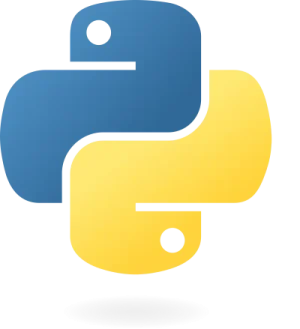Understanding Python Tuples
A tuple in Python is a built-in data type used to store multiple items within a single variable. It is one of the four core collection data types in Python, alongside lists, sets, and dictionaries. Unlike lists, tuples are immutable, meaning their content cannot be altered once they are created.
Creating Tuples
Tuples are defined using parentheses. For example:
thistuple = ("1984", "Brave New World", "Fahrenheit 451") print(thistuple) # Output: ('1984', 'Brave New World', 'Fahrenheit 451') Tuple Characteristics
- Ordered: Tuples maintain the order of the items. The position of each item is fixed and will not change.
- Immutable: Once created, tuples cannot be modified. You cannot add, remove, or change items.
- Allow Duplicates: Tuples can contain duplicate items. For example:
thistuple = ("1984", "Brave New World", "Fahrenheit 451", "1984", "Fahrenheit 451") print(thistuple) # Output: ('1984', 'Brave New World', 'Fahrenheit 451', '1984', 'Fahrenheit 451') Determining Tuple Length
To find out the number of elements in a tuple, use the len() function:
thistuple = ("1984", "Brave New World", "Fahrenheit 451") print(len(thistuple)) # Output: 3 Creating a Single-Item Tuple
To create a tuple with a single item, you must include a trailing comma after the item. Otherwise, Python will not recognize it as a tuple:
thistuple = ("1984",) print(type(thistuple)) # Output: # Not a tuple thistuple = ("1984") print(type(thistuple)) # Output: Tuple Item Data Types
Items in a tuple can be of various data types, including strings, integers, and booleans. For example:
tuple1 = ("1984", "Brave New World", "Fahrenheit 451") tuple2 = (1, 3, 5, 7, 9) tuple3 = (True, False, True) tuple4 = ("Book Title", 42, True, 1984, "Author") Checking Tuple Data Type
To verify the data type of a tuple, use the type() function:
mytuple = ("1984", "Brave New World", "Fahrenheit 451") print(type(mytuple)) # Output: Using the tuple() Constructor
You can also create tuples using the tuple() constructor:
thistuple = tuple(("1984", "Brave New World", "Fahrenheit 451")) # Note the double parentheses print(thistuple) # Output: ('1984', 'Brave New World', 'Fahrenheit 451') Python Collection Types
Python offers several collection data types:
- List: Ordered and mutable, allowing duplicates.
- Tuple: Ordered and immutable, allowing duplicates.
- Set: Unordered, immutable*, and without duplicates.
- Dictionary: Ordered** and mutable, without duplicates.
* Sets are immutable in terms of item values but allow adding/removing items.
** Dictionaries are ordered as of Python 3.7; prior versions did not guarantee order.
Choosing the right collection type depends on the requirements of your data, such as whether order is important or if duplicates should be allowed.
